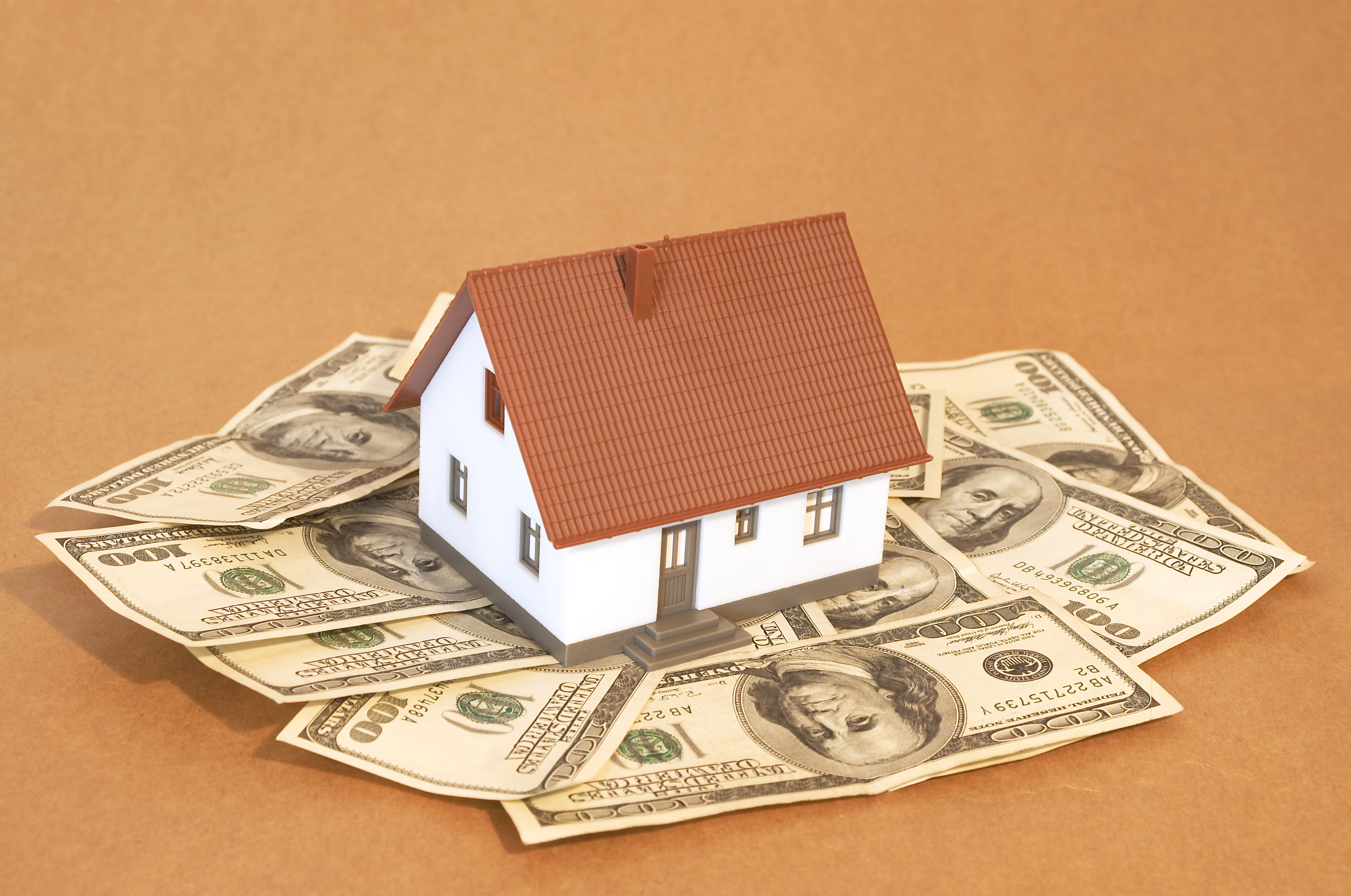Tax-Free Capital Gains for Some
Taxpayers in the two lowest brackets will pay no tax on their 2010 capital gains.

The stock market’s rebound from its nadir in March 2009 means many investors are back in the money. And some them will owe no tax on the profits they cashed in last year when they file their 2010 tax return this spring.
Normally, capital gains and qualified dividends are taxed at a maximum rate of 15% -- a bargain compared with the top income tax rate of 35%. But for 2010 (and through 2012), investors in the two lowest income tax brackets will pay no tax on their capital gains and dividends.
Timing matters
To qualify for preferential capital-gains treatment, you must hold shares of your stocks or mutual funds for more than a year before selling. (This applies to assets in taxable accounts, but not those in retirement accounts. Profits inside a tax shelter are not taxed when the gains are realized, but are taxed at your ordinary rates upon withdrawal.) Short-term capital gains on assets held less than a year are taxed at a maximum 35%.
From just $107.88 $24.99 for Kiplinger Personal Finance
Become a smarter, better informed investor. Subscribe from just $107.88 $24.99, plus get up to 4 Special Issues

Sign up for Kiplinger’s Free Newsletters
Profit and prosper with the best of expert advice on investing, taxes, retirement, personal finance and more - straight to your e-mail.
Profit and prosper with the best of expert advice - straight to your e-mail.
To figure your tax liability on your investments, you must first match any short-term gains with short-term losses and long-term gains with long-term losses. If, after netting capital gains and losses, you are left with a capital gain, it is taxed at a maximum 15% -- or, depending on your tax bracket, 0%.
But if you are left with a loss, you can use it to offset up to $3,000 of ordinary income, such as wages, and carry forward excess losses to future years. The key is that the loss must be real, not just a paper loss, in a taxable account. Losses in a retirement account, such as an IRA or 401(k), generally can’t be used to reduce ordinary income.
Tax-free gains
To take advantage of the 0% capital-gains rate for 2010, your taxable income can’t exceed $34,000 if you are single; $45,500 if you are a single head of household with dependents; or $68,000 if you are married filing jointly. Note that this is taxable income. That’s what’s left after you subtract personal exemptions -- worth $3,650 each in 2010 for you, your spouse and your dependents -- and your itemized deductions or standard deduction from your adjusted gross income.
The standard deduction for 2010 is $5,700 for individuals; $8,400 for heads of households; and $11,400 for married couples. Plus, there’s an added standard deduction of $1,100 per person for married individuals 65 or older and $1,400 for single filers 65 or older.
Any gains that lift your income above that threshold would be taxed at the maximum 15% capital-gains rate.
Likely candidates to benefit from the 0% tax rate include retirees, who have a higher standard deduction than younger taxpayers and who are not taxed on some of their Social Security benefits, and the unemployed, who may have had to tap their investments to make ends meet.
One group of taxpayers who won’t benefit from the zero capital-gains rate are children affected by the “kiddie tax.” Dependent children under 19 and full-time students under 24 are affected by the special rule that applies their parent’s higher tax rate to investment income they received in 2010 in excess of $1,900.
Advice for fund investors
If, like most investors, your mutual fund dividends are automatically used to buy extra shares, remember that each reinvestment increases your tax basis in the fund. That, in turn, reduces the taxable capital gain (or increases the tax-saving loss) when you redeem shares. Forgetting to include the reinvested dividends in your basis results in double taxation of the dividends -- once when you receive them and later when they’re included in the proceeds of the sale. Don’t make that costly mistake. If you’re not sure what your basis is, ask the fund for help.
Profit and prosper with the best of Kiplinger's advice on investing, taxes, retirement, personal finance and much more. Delivered daily. Enter your email in the box and click Sign Me Up.

-
 The Wealth Equation: Balancing Money and Stress
The Wealth Equation: Balancing Money and StressSponsored Don’t let assets be a liability that strains your family.
-
 Is Your Emergency Fund Running Low? Here's How to Bulk It Up
Is Your Emergency Fund Running Low? Here's How to Bulk It UpIf you're struggling right now, you're not alone. Here's how you can identify financial issues, implement a budget and prioritize rebuilding your emergency fund.
-
 Guide to How All-Assets Planning Offers a Better Retirement
Guide to How All-Assets Planning Offers a Better RetirementAn "all-asset" strategy would integrate housing wealth and annuities with traditional investments to generate more income and liquid savings for retirees.
-
 10 Cheapest Places to Live in Washington
10 Cheapest Places to Live in WashingtonProperty Tax Is Washington your go-to ski destination? These counties combine no income tax with the lowest property tax bills in the state.
-
 3 Major Changes to the Charitable Deduction for 2026
3 Major Changes to the Charitable Deduction for 2026Tax Breaks About 144 million Americans might qualify for the 2026 universal charity deduction, while high earners face new IRS limits. Here's what to know.
-
 Retirees in These 7 States Could Pay Less Property Taxes Next Year
Retirees in These 7 States Could Pay Less Property Taxes Next YearState Taxes Retirement property tax bills could be up to 65% cheaper for some older adults in 2026. Do you qualify?
-
 Estate Tax Quiz: Can You Pass the Test on the 40% Federal Rate?
Estate Tax Quiz: Can You Pass the Test on the 40% Federal Rate?Quiz How well do you know the new 2026 IRS rules for wealth transfer and the specific tax brackets that affect your heirs? Let's find out!
-
 5 Types of Gifts the IRS Won’t Tax: Even If They’re Big
5 Types of Gifts the IRS Won’t Tax: Even If They’re BigGift Tax Several categories of gifts don’t count toward annual gift tax limits. Here's what you need to know.
-
 The 'Scrooge' Strategy: How to Turn Your Old Junk Into a Tax Deduction
The 'Scrooge' Strategy: How to Turn Your Old Junk Into a Tax DeductionTax Deductions We break down the IRS rules for non-cash charitable contributions. Plus, here's a handy checklist before you donate to charity this year.
-
 Are You Middle-Class? Here's the Most Tax-Friendly State for Your Family
Are You Middle-Class? Here's the Most Tax-Friendly State for Your FamilyTax Tips We found the state with no income tax, low property tax bills and exemptions on groceries and medicine.
-
 Social Security Benefits Quiz : Do You Know the IRS Tax Rules?
Social Security Benefits Quiz : Do You Know the IRS Tax Rules?Quiz Social Security benefits often come with confusing IRS tax rules that can trip up financially savvy retirees and near-retirees.